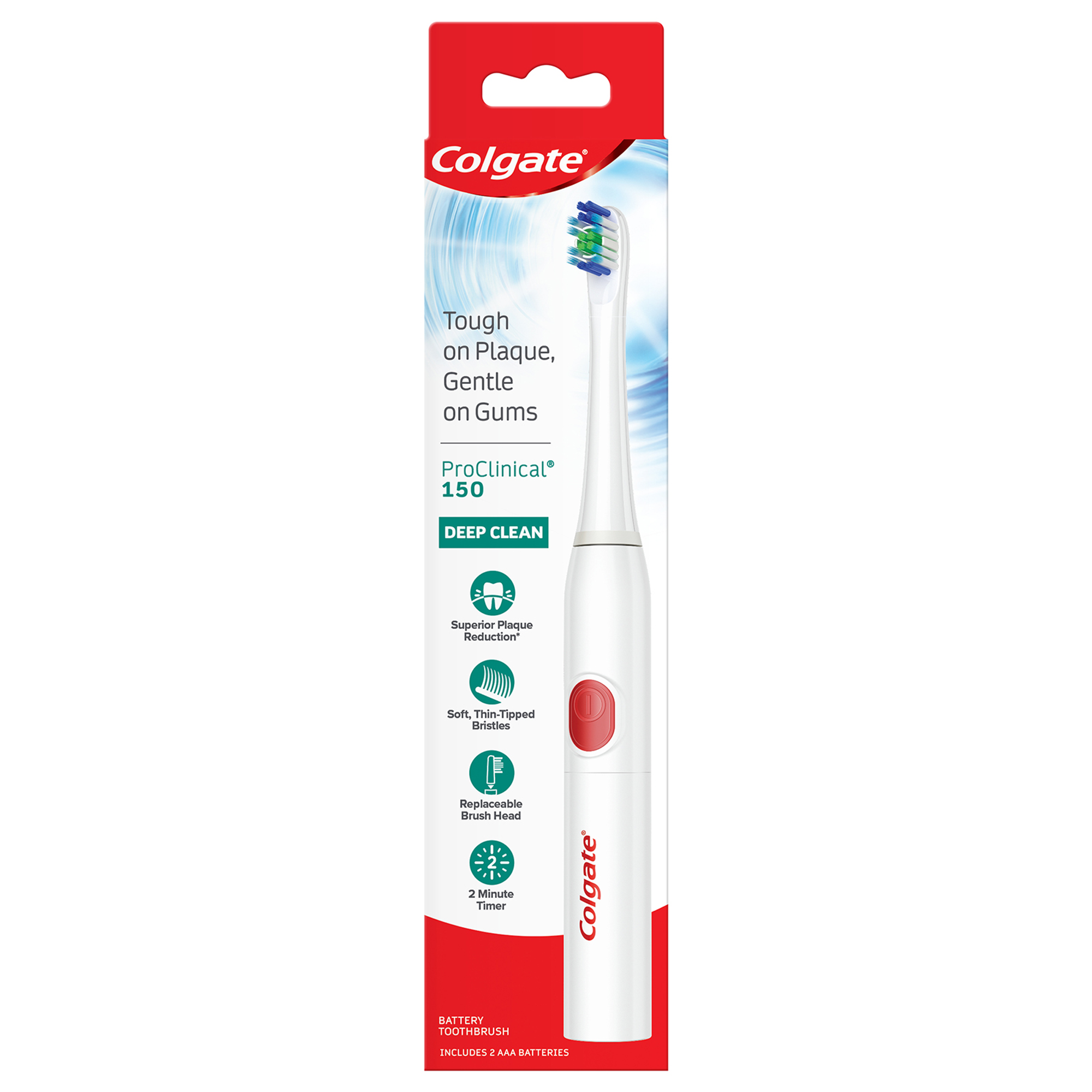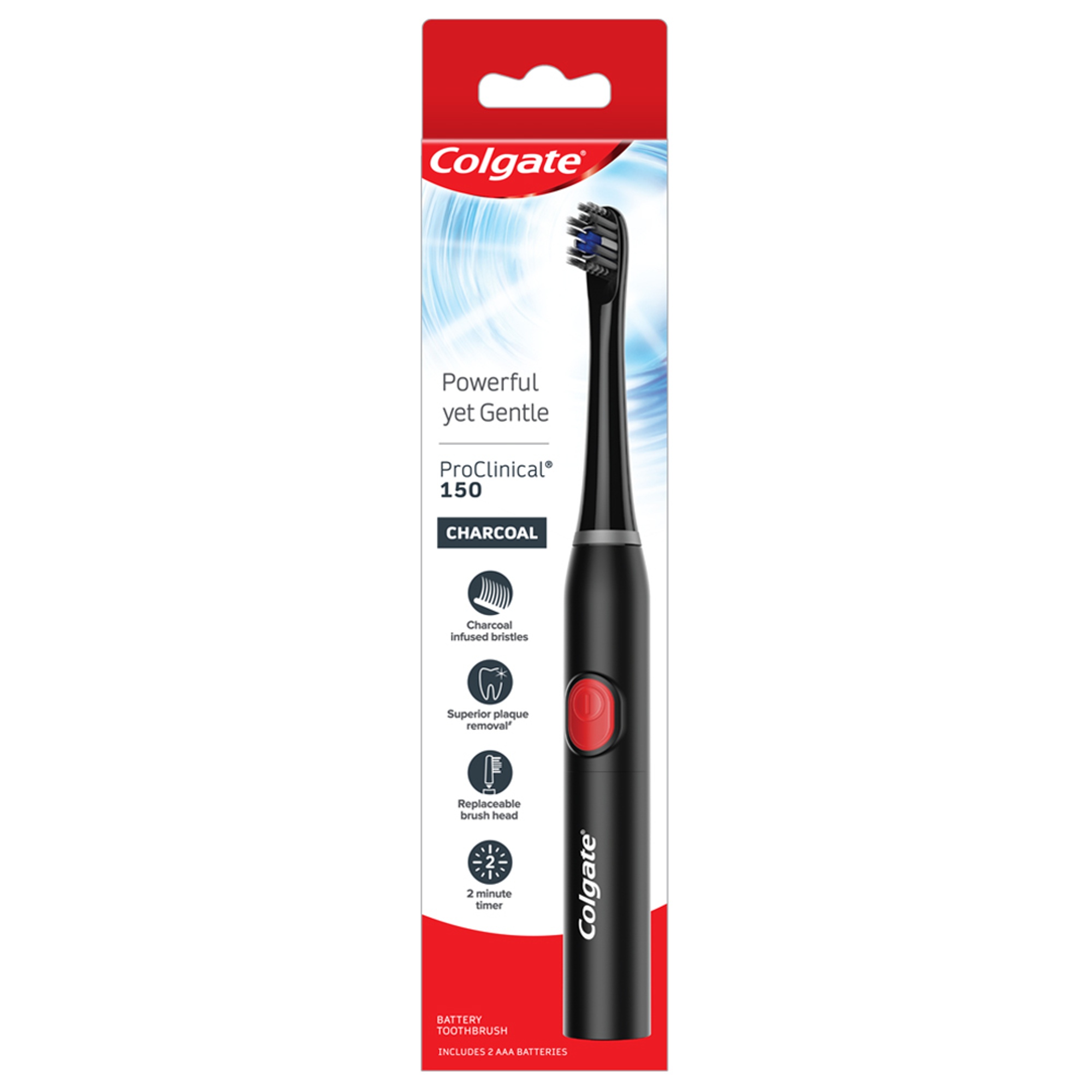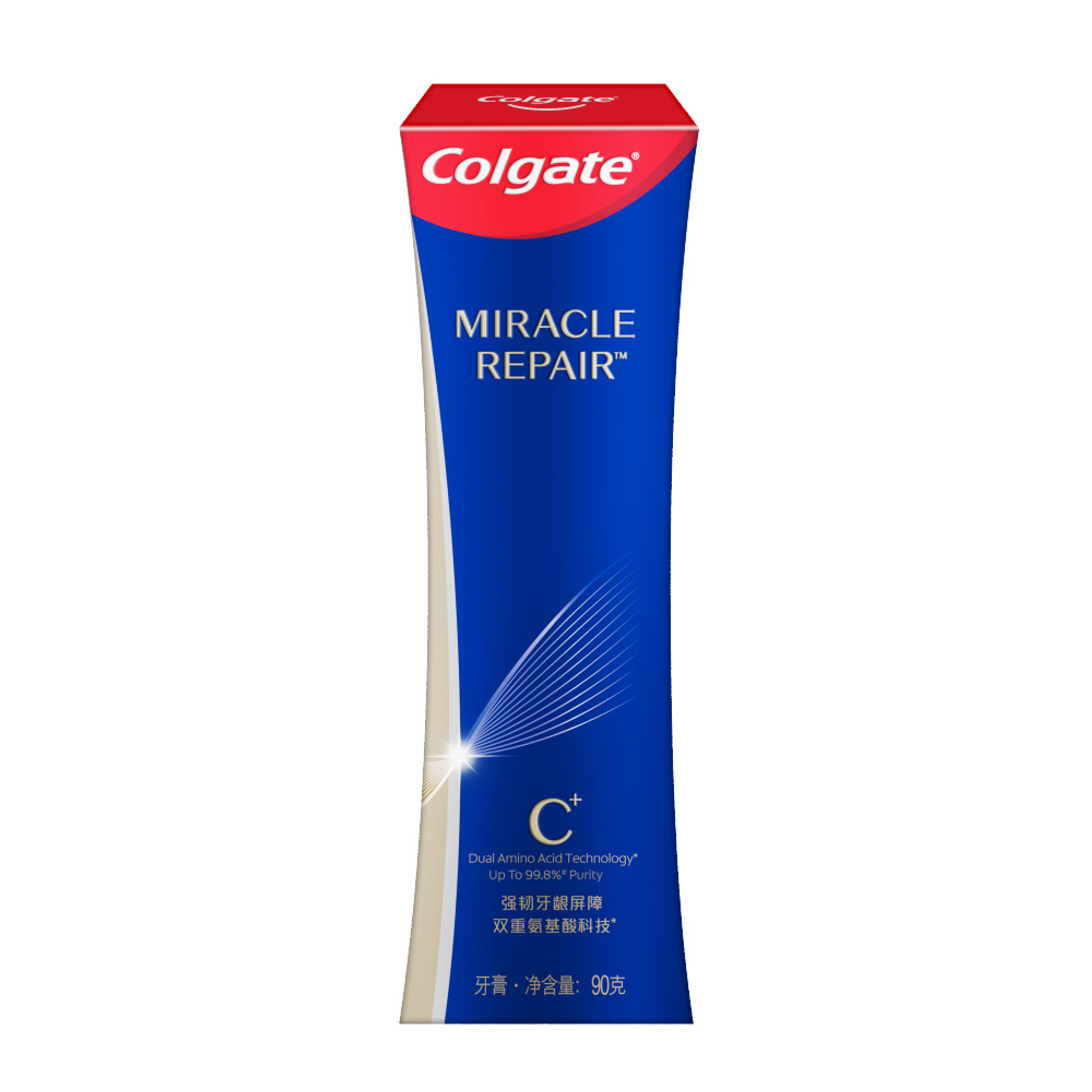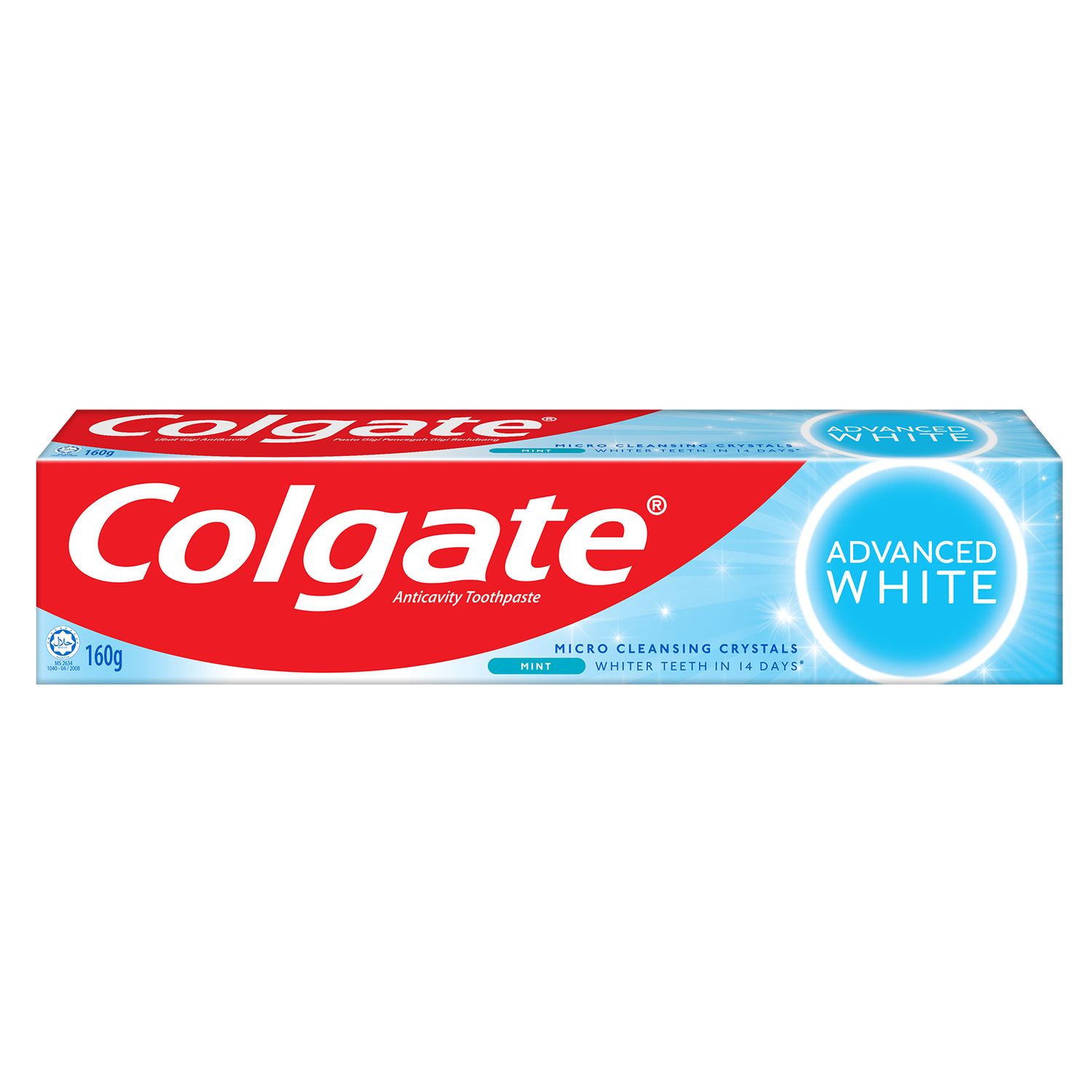-
-

FLUORIDE
Discover how stannous fluoride toothpaste prevents cavities and other oral health issues. Learn the key benefits of fluoride for teeth and its best uses.Fluoride plays a vital role in oral healthcare...

TEETH WHITENING
Teeth Whitening Serum for a Brighter, Confident SmileWho does not want whiter and brighter teeth? Thanks to the many teeth-whitening products available today...
-
Science & Innovation
- Colgate® | Toothpaste, Toothbrushes & Oral Care Resources
- Oral Health
- What are Veneers and How Should You Care for Them?


The right veneers are a quick way to a beautiful smile, and this treatment is perfect for people with teeth that are stained, chipped or have gaps. But veneers are an irreversible treatment, so having them placed is a big decision. Before you and your dentist decide the procedure is right for you, it's important to have the right information about veneers, their cost and how best to care for them.
What are Veneers?
According to the American Academy of Cosmetic Dentistry (AACD), a veneer is a "thin piece of porcelain used to re-create the natural look of teeth, while also providing strength and resilience comparable to natural tooth enamel." They are custom made to the contour of your teeth and are bonded to the tooth's original enamel during a series of in-office procedures.
Why are Veneers Used in Dentistry?
Veneers are a less intrusive option than crowns or braces. According to the British Dental Health Foundation, veneers can be used to close gaps or correct small misalignments. Patients also choose veneers as a comestic solution to enhance the brightness of their teeth and to straighten their smile, correcting issues like discoloration, fractures, or chips.
Porcelain Veneers
The most commonly used material for veneers are the conventional porcelain veneer and Lumineers and composite resin veneers. AACD, porcelain veneers are preferable for correcting issues of shape or color and can last anywhere from 10 to 20 years. They can cost anywhere from $800 to $2,000 per tooth depending on what part of the United States you live in, which can be a major expense for most consumers, so it's important to know they will need to be replaced eventually.
Placing Veneers
The typical process takes one to two appointments. If the veneer is prefabricated it usually takes one appointment and if the laboratory is creating the veneer it takes two appointments. We will focus on highlighting placement of the porcelain veneer created by the laboratory:
Local anesthetia is not usually required when placing veneers. However, depending on the patient's sensitivity, it can be used if needed. The dentist will clean the tooth and determine the correct shade for the veneer. The dentist will remove a very small amount of the enamel of the tooth to provide room to place the veneer on the tooth.
An impression of the tooth will be made for the laboratory and a temporary veneer will be placed on the tooth with spot etching in the center of the tooth away from the margins.
After the laboratory has delivered the porcelain veneer to your dentist, the temporary veneer is removed, the tooth is cleaned with pumice and water. The veneer is then etched, rinsed throughly with water and air dried. The adhesive is placed on the preparation and then the cement and the veneer is placed for exact fit and contour.
The veneer is then light cured for 60 seconds on all surfaces of it to attach it to the tooth structure.
Your dentist will remove any excess material and polish the margins of the veneer.
Many dentists will schedule a follow-up visit to check for comfort; a comfortable veneer will be a long-lasting veneer.
Care for Veneers
The AACD suggests brushing and flossing just as you would your regular teeth. Proper daily brushing, and use of non-abrasive fluoride toothpaste. Consider limiting coffee and other stain-inducing foods.
Keep in mind that veneers will need to be replaced at some point, no matter how well you take care of them. But proper oral hygiene will help them last as long as possible.
If you're deciding on veneers, consult with your dentist and be sure you understand every part of the process and cost. A beautiful smile feels great and can increase both your confidence and well-being.
Related Products

Helping dental professionals
More professionals across the world trust Colgate. Find resources, products, and information to give your patients a healthier future










